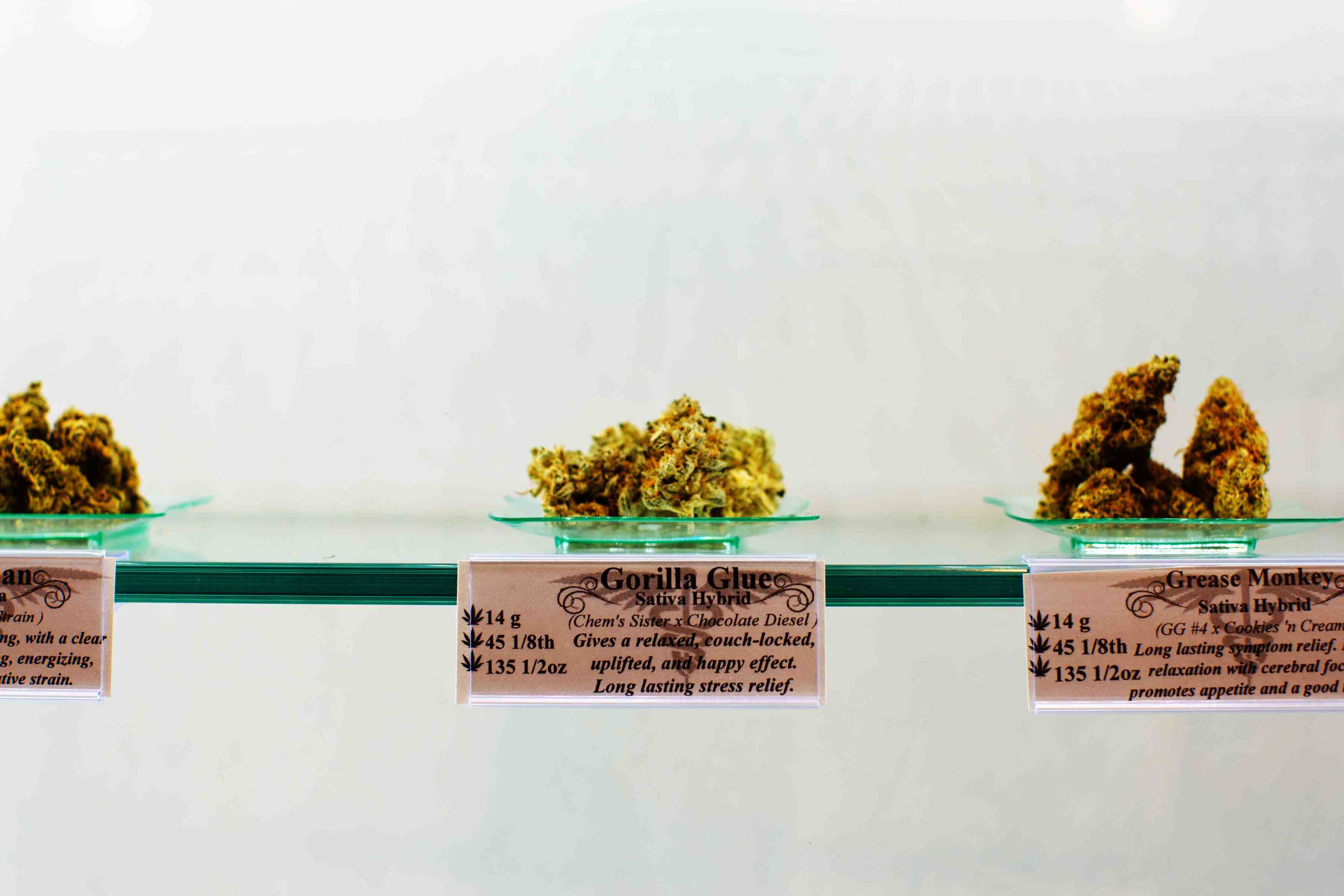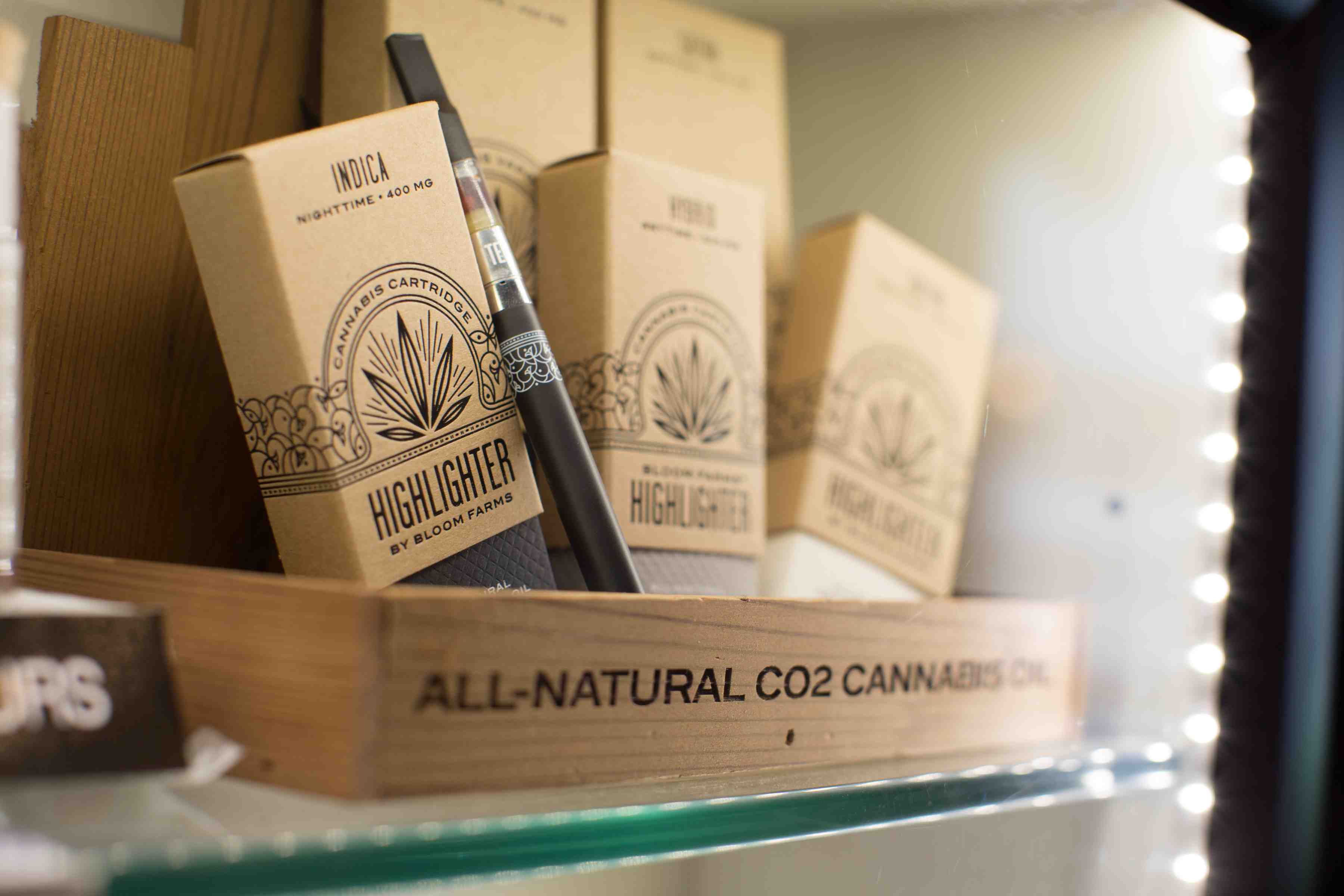Cannabusiness is set to bloom for women entrepreneurs.
On a blustery Thursday night in early March, a small conference room at Santa Rosa’s Volunteer Center was filled to overflowing. A few talkative young women buzzed about, but the majority of the people who filled the meeting room to capacity at this bland business park were old and ill. And they had come out to in order to learn more about just one thing: Marijuana.
The meeting was organized by the Sonoma County chapter of Women Grow, a cannabis networking company, and the topic was CBD, the active compound that is the opposite of THC, the psychotropic compound that gets one “high.” CBD is what the brain’s cannabinoid receptors latch onto for pain cessation and is thought to help reduce seizures and anxiety as well as offering other health benefits. CBD doesn’t get you high, though it is sometimes best ingested in tandem with THC to boost its effectiveness.On a blustery Thursday night in early March, a small conference room at Santa Rosa’s Volunteer Center was filled to overflowing. A few talkative young women buzzed about, but the majority of the people who filled the meeting room to capacity at this bland business park were old and ill. And they had come out to in order to learn more about just one thing: Marijuana.
A young woman arose and spoke about how medical marijuana is helping her manage the inoperable brain tumor she carries. Another young woman spoke about how medical marijuana is reducing the painful uterine fibroids that make her appear to be eight months pregnant even though she is not with child. CBD manufacturers spoke about the compound and its uses.
And then an audience member identified herself as a registered nurse. Hands shot up as people anxiously queried her about finding the balance between CBD and THC, creating the right palliative mix, and the other kind of questions that are natural to those suffering from old age and illness.
Founded in 2014, Women Grow has 44 chapters in the U.S. and Canada with an estimated 50,000 people attending a meeting somewhere in North America last year.
In April, the New York Times reported that medical marijuana sales topped $2.7 billion in California last year, and that’s only half of the industry. Recreational marijuana is yet to come. And then just watch California’s economy boom.
It’s like Prohibition is being lifted, it’s like the wine industry in 1976, it’s like the Wild West and the Gold Rush and every other moment in which addiction met pleasure met opportunity to explode in tandem. Located just between the Emerald Triangle of premium growers and the urban markets of the Bay Area, Sonoma County is situated right smack dab in the middle of it.
“I think that Sonoma County is the best poised of any market in California to lead what will be cannabis tourism,” says Jazmin Hupp, CEO of Women Grow. “You already have that in the wine industry. It’s going to be just the same with cannabis. You have smart services and business culture with a farming culture and a nature culture that’s just waiting to be combined in the right way. People will be flying in from all over the country to take advantage of it.”
Hupp, who splits her time between Denver, New York, and Oakland, doesn’t credit her company with doing much to foster the rise of the “cannabusiness” other than tapping it gently.
“It’s a combination of things,” she says by phone from her Denver office. “There’s an incredible pent-up demand. And—we’re not the ones who invented women in cannabis. We’re riding in on the coattails of women who have been doing it for decades. We’re just looking for a banner under which to assemble. We are not that interesting; it’s the community that’s really doing the work, but we have this huge effect because we’re just snowballing what’s already been happening.”
Ilana Laytart and Joyce Williams are the co-chairs of the Sonoma County chapter of Women Grow. A cannabis entrepreneur herself who co-owns an edibles company called Giggle Therapeutics, Laytart started Women Grow in July 2015 and now has a list of some 200 members with 30-plus people meeting each month.
And while Women Grow is aimed towards helping women specifically, it includes men because someone has to. “The concept of professional networking in the cannabis business is very nascent,” says Hupp. “We are the largest organization of this type and that is part of the reason that you see so many men there.”
On that March night at the Volunteer Center, nearly half of the room’s occupants were men. When the regular monthly raffle was held, a man won it, just as a man had won the raffle the month before. What can you do? It’s illegal to ban one gender and really—there is nothing else like this anywhere.
Laytart, a health and fitness professional who goes by the name “Sugar,” says that her networking group includes men who might attend with a wife or female business partner. “We want to be able to support both of them. There are men who want to serve women in their business models. That’s a great way to get women more jobs, too.”
And, of course, targeting women just makes for good business.
“We know that 85 percent of all consumer purchases in the household are by women, as are 80 percent of house care products, and that women account for 93 percent of all over-the-counter pharmaceutical purchases,” she says. “Statistically speaking, those numbers support why women should be in the industry.”
She adds, “The cannabis industry is all about compassion—why not us? Because it’s such a fast-growing industry, now is the time to really make a mark and start the industry off with more women.”
Indeed: Why shouldn’t this new industry be equally shared with female entrepreneurs and people of color?
Well, legal issues for one. While California may be the first state in the nation to explicitly state that a prior marijuana conviction doesn’t exclude you from working in the industry, it would be the only state to say so. Limited licensing laws in other states are “unfair,” says Hupp, who describes them as “discriminating against people who have always been discriminated against, frankly. People of color, women, people who might have had a marijuana conviction in the past. We’d like to move away from these limited licensing systems.”
For Laytart, who began using medical marijuana as a pain buffer after she suffered an MCL tear in her knee, bringing women into the cannabis industry is a natural.
“Cannabis is a female plant,” she says. “And it’s an industry based on compassion. We work together, we build each other up. Because it’s such a fast-growing industry, now is the time to really make a mark and start the industry off with more women.”
While everyone agrees that there are numerous obstacles to the full assimilation of marijuana into the culture—not the least of which include protecting children from dangerous edibles and aligning the banking system with a cash industry—agreement is also unanimous about the excitement of this particular moment in time.
Laytart thinks back to when she started her Women Grow chapter less than a year ago. She had hoped to get six people to attend.
“I made postcards, flyers, and did word of mouth. I ended up getting 22 people,” she remembers. “There were a lot of us in a very small room. Everyone was saying, ‘Thank you.’”





